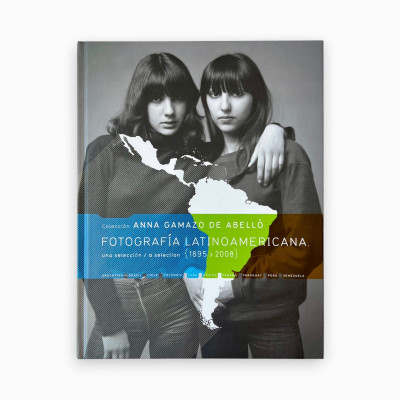Salas Portugal, Armando
He grew up in Mexico City and later studied at the University of California in Los Angeles from 1935 to 1937. In 1936, he began a career primarily in architectural photography and the outskirts of Mexico. A man devoted to nature, mountaineering, and exploration, Salas Portugal captured landscapes from all regions of Mexico during his travels. He has created series of photographs of the wild Atlantic and Pacific Coasts, of small Mexican villages hidden in the hills and jungles of Chiapas. His images of the temples of Chichen Itza and its surroundings represent forty years of work, and are published in "The Ancient Kingdoms of Mexico" (Centro Cultural/Arte Contemporáneo, 1986). Other series, such as "The City of Mexico and the Palace of Minería," reveal his admiration for Mexican colonial architecture, its churches, cathedrals, and convents. His famous collaboration with Luis Barragán began in 1944 when Barragán was designing El Pedregal. Salas Portugal's interpretations of Barragán's work were instrumental in the architecture becoming more widely known and understood as it is today. This artistic relationship lasted until Barragán's death in 1988 and was a very favorable point in both of their careers. Armando Salas Portugal received the Miguel Hidalgo Award from the Museum of Mexico City and also received the Ocho Columnas Award from the Autonomous University of Guadalajara. Among his publications are "The City of Mexico," "Baroque Art in Mexico," and "The Universe in a Ravine," among others. His extensive work has been exhibited at the Museum of Modern Art in New York and the Museum of Modern Art in Mexico City, as well as in South America and Europe.
Actividades relacionadas

Dangerous Abstractions. A meeting in the hall led by Rodrigo Alonso
Jiménez, Agustín / Rebolledo, Santiago / Jaramillo, Beatriz / Le Parc, Julio / Trejo Zúñiga, Víctor / Franco, Fernell / Makarius, Sameer / Calle, Johanna / Roiger, Jorge / Heredia, Jorge / Ferrari, León / De Zuviría, Facundo / Martínez, Raúl / López Luz, Pablo / Hare, Billy / Robledo, Victor / Ostera, Andrea / de Barros, Geraldo / Yalenti, José / Consuegra, David / Aguerre, Rómulo R. / Salas Portugal, Armando / Ortiz, Jorge / Blanco, Lázaro / Travnik, Juan / Chambi, Martín / Cristián Silva-Avária

